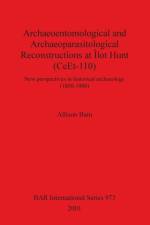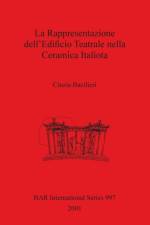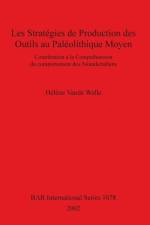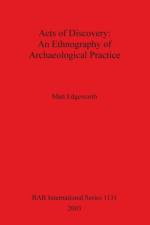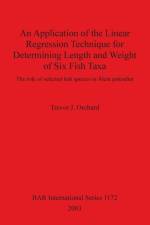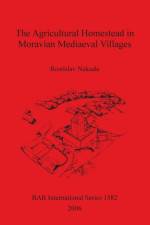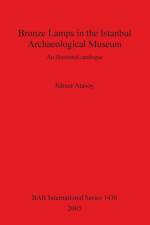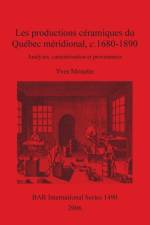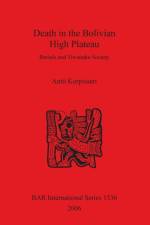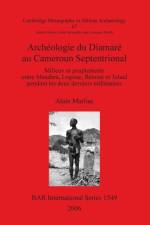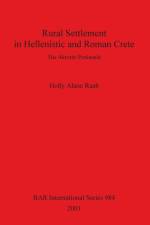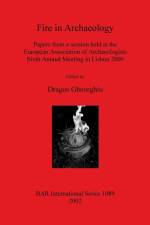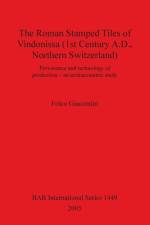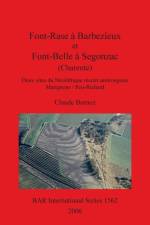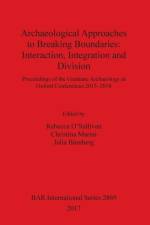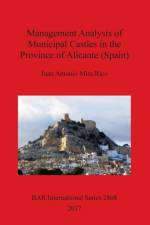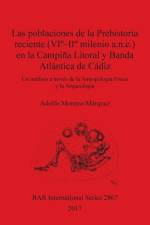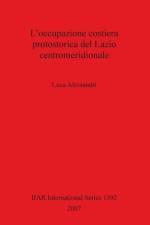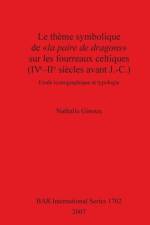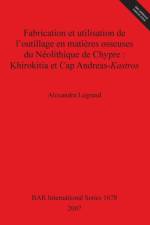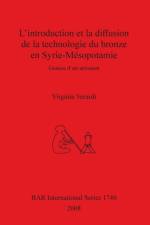von Matt Edgeworth
81,00 €
This is a highly unusual and particularly interesting BAR which is very atypical in terms of its content and form from many of our other titles. This study deals with Ethnoarchaeology, which is the study of material culture in present-day contexts, not with regards to another field, but with respect to the material culture of archaeologists themselves. This is therefore as the title plainly states, an Ethnography of Archaeology, and in the author's own words this study: 'takes an outside perspective looking in rather than an inside perspective looking out.' The author carries out a detailed analysis of the various practices and material cultures of archaeological fieldwork, looking at certain skills, traditions, tools and other objects which become part of common everyday use on a dig, and he goes on to look further at the meaning and symbolism of these practices and objects. Edgeworth compares the act of archaeological excavation to a 'traditional craft process', for by all definitions of the word it is indeed a craft. He then goes on to discuss a typology of the related tools of the this 'craft', splitting them up into two categories, those related to actually digging into the ground, e.g. spades, trowels, pick-axes...and those related to measuring and recording, e.g. pens, pencils etc. Furthermore there are many associated formal methods of dealing with archaeological features, involving either removing objects (material transactions) or making recordings (inscriptions). One object of particular ritual and hierarchical importance is the trowel, which is shown to be a very personal item of equipment that can often even be a status symbol (for instance a well-worn trowel indicates experience, a position akin to that of a sort of tribal elder within the dig). The technique of an archaeologist is also discussed, with it being likened to a learned skill that can be passed on to other, less experienced members of the social group on the dig. However, there are other, less material, aspects discussed in this thesis, as the social transactions on the dig are of considerable significance. With all participants carrying out the same actions there will be a general shared feeling of intent or purpose, common goals and interests, a shared unfolding of the dig, as well as similar skills and abilities derived from shared cultural experiences. The author carries out extensive ethnographic interviews in order to gauge the thought processes and general method of operating an archaeologist generally goes through when digging. The way archaeologists recognise certain features is of particular interest here as the learned and inherent skills and abilities which are usually taken for granted are illustrated.

